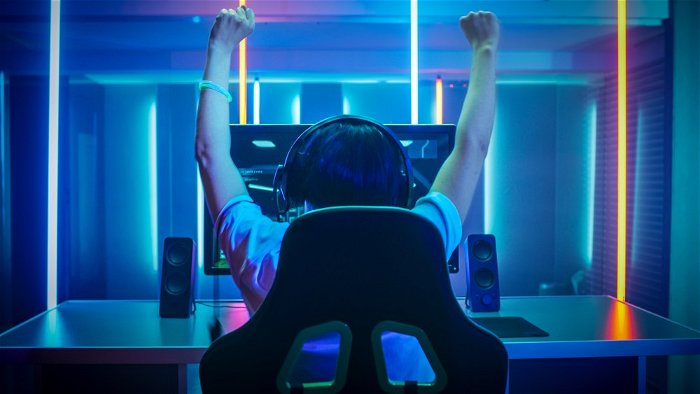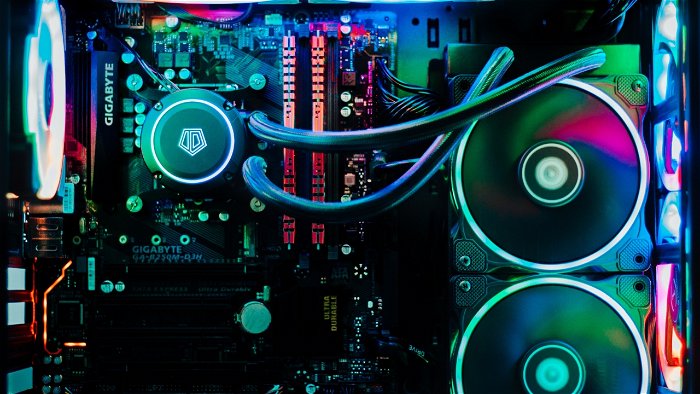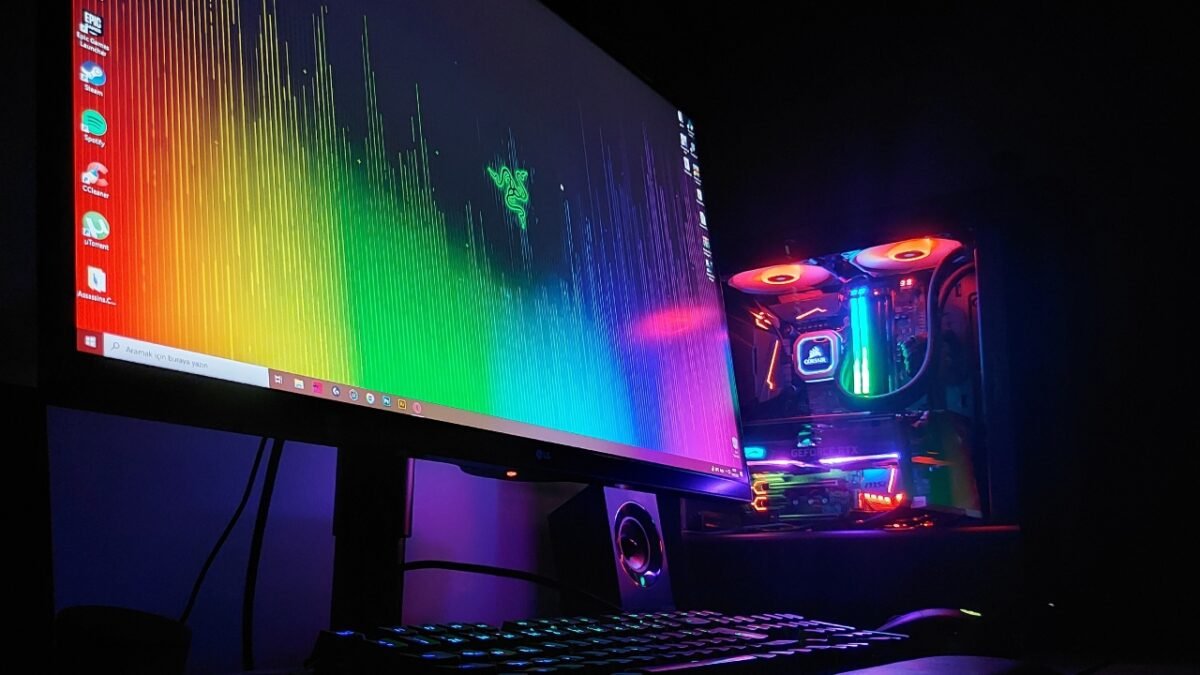For people who are coming to PC gaming from console gaming, the opportunity to build your own gaming machine might be exhilarating or overwhelming. Every piece in your PC build has a bustling marketplace of manufacturers, sellers, and buyers. The possibilities are infinite. And while you’re busy hunting for the right GPU, the best VPN, and tossing up between AMD and Intel, you’ll actually find that it’s all just a matter of personal preferences coupled with performance.
It’s really not as complicated as it may seem. Once you know what you need, you can set a price point and start slotting in the RAM chips and plugging in your power supply. And before you know it, you’re buying desk toys and cable management systems and putting the final touches on your PC gaming setup.
But before you can get into the nitty-gritty of building your gaming PC, you need to know what components you’ll have to source in order to bring the beast to life!
So without further ado, here are all the top components you’ll need to build your own gaming PC and more insights into why they’re all crucial to your final setup.
What You Need For Your Gaming PC & Why:
- The Motherboard, CPU, RAM, & GPU
- The Hard Drive & Power Supply
- Fans, Casings, & Screens
- Software Downloads & Uploads
- Pre-built PCs, Gaming Laptops & the Steam Deck

1. The Motherboard, CPU, RAM, & GPU
The motherboard (or framework circuitry), CPU (central processing unit), GPU (graphics processing unit), and RAM (computer ‘random access memory’) are your heavy hitters and main components. The motherboard sets the limits of your gaming PC and is the hardest thing to replace, as doing so requires uninstalling and reinstalling everything. Because of this, your motherboard should align with your PC gaming dreams.
The CPU is second to the motherboard and should not be skimped on either. As for your RAM, you do have some leeway here, as more can be added easily. And the GPU is just a smaller CPU that focuses solely on processing graphics, making it essential for gaming PCs in particular. All that said, these will be the most expensive components in any PC, and a high-powered PC will require these components to possess a greater data capacity.
2. The Hard Drive & Power Supply
A higher-capacity hard drive can hold your many massive games (100 GB per game isn’t uncommon these days), and a power supply turns it all on (and keeps it running). 500GB for a hard drive isn’t generous, but it’ll work — adding another hard drive is just plug-in, play on.
What you have to be careful about is your power supply wattage. Lower-end gaming PCs will draw around 500 watts, while monstrous machines need double that. Use a calculator to determine the power usage of all your components together, then buy accordingly.
3. Fans, Casings, & Screens
Now for a little beauty work. It’s true that not all computers need a cooling system. If you live in the Arctic, it’s likely that all you’ll need to do is just open a window. But realistically, you’ll need either fans or a liquid cooling system to keep your gaming PC performing at its best. Fans are cheaper but louder and need more cleaning. They’re also easy to install.
Then there’s the case for your gaming PC. Generally speaking, a big box is best for gaming PCs, as they have more specialist components when compared to your basic desktop tower. But, like your RAM, you can upgrade your PC case easily down the line. If you’re on a modest build budget, consider swapping out your PC case in the future for one that’s larger or that has better airflow if it’s required in the future.
If you’ve got to be sparing with your space, the casing and the monitors will have to be front of mind. And the bigger the monitor, the stronger your GPU will have to be. Dual monitors are rarely necessary for PC gaming (though they are luxurious), and unless you’re going all out, a 4K, 120hz monitor is overkill, too (but it looks lovely). Remember, your first monitor can become your secondary monitor later, so don’t feel the need to shell out for something top of the range from the get-go.

4. Software Downloads & Uploads
Above all else, you need an operating system. Windows, Mac, or Linux will all work, but for PC gaming in particular, Windows is more likely to be compatible with a broader range of games. You’ll have to source a USB or disc with Windows on it, and buy a licence for it. The installation itself is thankfully simple and shouldn’t take more than an afternoon.
The next step is installing your gaming software. Steam, the Epic Games Store, and Battle.net have different selections of games, with Steam being the biggest. And you’ll likely want to install accompanying software like Discord for chatting with your friends and an online VPN for keeping your IP address (and geolocation) private when accessing gaming servers.
5. Pre-built PCs, Gaming Laptops & the Steam Deck
Maybe all the complex circuitry and technobabble has made you take a step back. And putting together a PC by hand is surprisingly easy but time-consuming nonetheless. So, getting your gaming PC in one piece is a popular option. Pre-built PCs will always run up a premium, and gaming laptops are bulky, but the Steam Deck (and similar portable PCs) surprises on both these fronts.
This streamlined, portable PC is strong enough to play recent releases on its own — like Resident Evil 4, Hogwarts Legacy, and Elden Ring — yet can also connect to a PC to make use of its additional processing power. It’s not without its drawbacks, with its expensive accessories and snubbing of competitors. But it is certainly a strong step into PC gaming (or a strong supplement to it).
The gamut of PC Gaming includes tiny indie games like the ones you find on Itch.io, and ones that’ll chew through your computing power like candy. What you like and want to play will greatly affect your PC parts, but thankfully, everything is replaceable and upgradeable. So there’s no wrong place to start.



